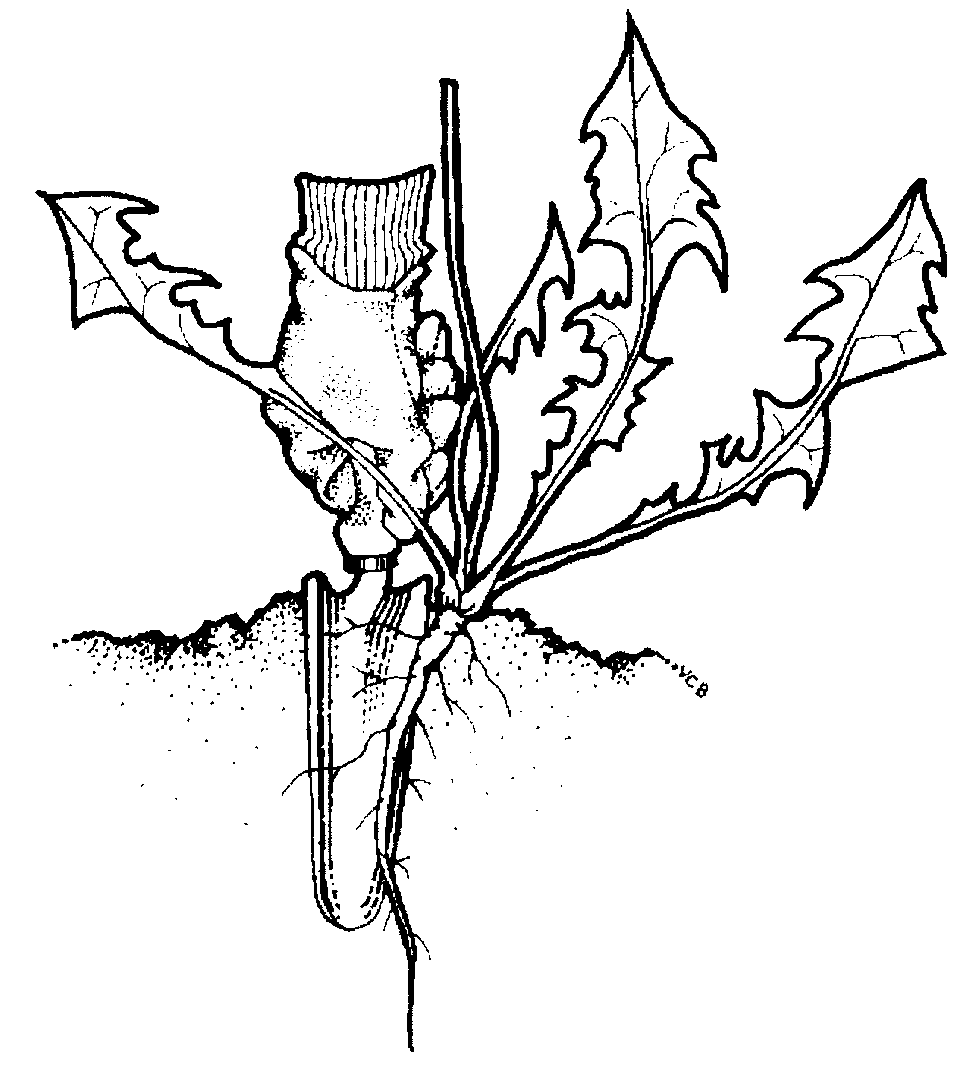Cotoneaster spp. (franchetii, pannosus, lacteus, glaucophyllus, horizontalis)
Family: Rosaceae
Type of weed: Woody weed
Flower colour(s): White
Priority Weed Local Priority Weed. (See more weeds of the Local Priority Weed class.)
Flowering Months: January, February, September, October, November, December
Description
Perennial woody shrubs. Cotoneaster has many different habits: prostrate forms through to shrubs and trees taller than 4 m. Stems are reddish.
Leaf size changes with different habits but the shape is always the same. Leaves are furry and discolourous (having the two surfaces different in colour). Leaves occur in groups of three.
Flowers are small, white, often insignificant, densely clustered, highly attractive to bees, from spring to summer.
Fruit are numerous, in conspicuous clusters of small berries, orange to red, autumn into winter.
Note: The weediest Cotoneaster in the Blue Mountains is Cotoneaster franchetii. Other seriously weedy species are C. pannosus, C. lacteus, C. glaucophyllus and C. horizontalis.
Don’t confuse with…
Some Cotoneasters can be confused with the native Pomaderris when not in flower, as the leaves are similar.
Dispersal
Seeds are spread into bush land by fruit-eating birds.
Impact on bushland
Cotoneaster will grow virtually anywhere a bird drops the seeds. Thickets under tall trees and other perching places displace local native plant species and shade the soil. Habitat is lost, and other weeds invade.
Distribution
Lower Blue Mountains, Upper Blue Mountains
Alternative planting
Native plants
Bird attracting natives, screening shrubs and small trees such as:
- Banksia (Banksia ericifolia, B. serrata, or ‘Giant Candles’)
- Lilypillies (Acmena smithii)
- Grevillea spp.
- Hakea dactyloides
- Acacia fimbriata
- Callistemon spp.
- Leptospermum spp.
Council provides a tool, on its Mountain Landscapes website, to help you choose native alternative plantings. Choose your village, soil, vegetation community and the purpose of your planting, and the tool will give you suggestions.
There are native nurseries in several Blue Mountains villages, including Glenbrook, Lawson and Katoomba. Please also ask at your favourite local nursery.
Control
- Dig out tap root
- Remove flowers, fruit, pods or seeds
- Stem inject or frill
- Cut and paint
Manual control
Hand removal of plants with a tap root

Push a narrow trowel or knife into the ground next to the tap root. Carefully loosen soil. Repeat this step around the tap root. Grasp stem at ground level, rock plant backwards and forwards and pull gently. Tap roots carefully to dislodge soil. Replace disturbed soil and pat down lightly.
Remove seeds, pods or fruit
Gently remove any seeds, pods or fruit and carefully place in a bag.
Chemical control
Note: Herbicides that may be used for this weed include Glyphosate.
Stem injection or frilling
Stem injection

At the base of the tree, drill holes at a 45° angle into the sapwood (just under the outer bark) at two finger space intervals around the entire base of the tree. Repeat this process below the lowest branch
Frilling
As an alternative to drilling, make cuts into the sapwood with a chisel or axe. Fill each cut/hole with herbicide immediately. Repeat the process at 3 cm intervals around the tree.
Considerations
Plants should be healthy and actively growing. Deciduous plants should be treated in spring and autumn when leaves are fully formed. For multi-stemmed plants, inject or chip below the lowest branch or treat each stem individually. Herbicide must be injected immediately before the plant cells close (within 30 seconds before translocation of herbicide ceases.)
Cut and paint

Useful for small to medium sized woody weeds up to 10 cm in diameter.
Make a horizontal cut as close to the ground as possible with secateurs or loppers, and immediately apply concentrated Glyphosate to the exposed stump surface. Do not allow the surface to get covered with soil.
Specific control tips for this weed
- Seedlings can be hand pulled if all the roots can be removed.
- More established plants will need to be cut and painted using herbicide.
- Larger plants can be stem injected.
Because the berries are bird spread, treat plants before they fruit. Bag and dispose of berries, or place in a hot compost to kill the seeds. Other cut parts of the plant can be spread out to dry off the ground. Once material is dead it will decompose in place, or can be composted.
For key points on these techniques:
Local Priority Weed
Control measures:
- The plant should be fully and continuously suppressed and destroyed.
- Plants under 4 metres in height should be fully and continuously suppressed and destroyed.
- The spread of this plant should be adequately contained to prevent spread impacting on priority assets. Weed notices will only be issued for these weeds under special circumstances.



